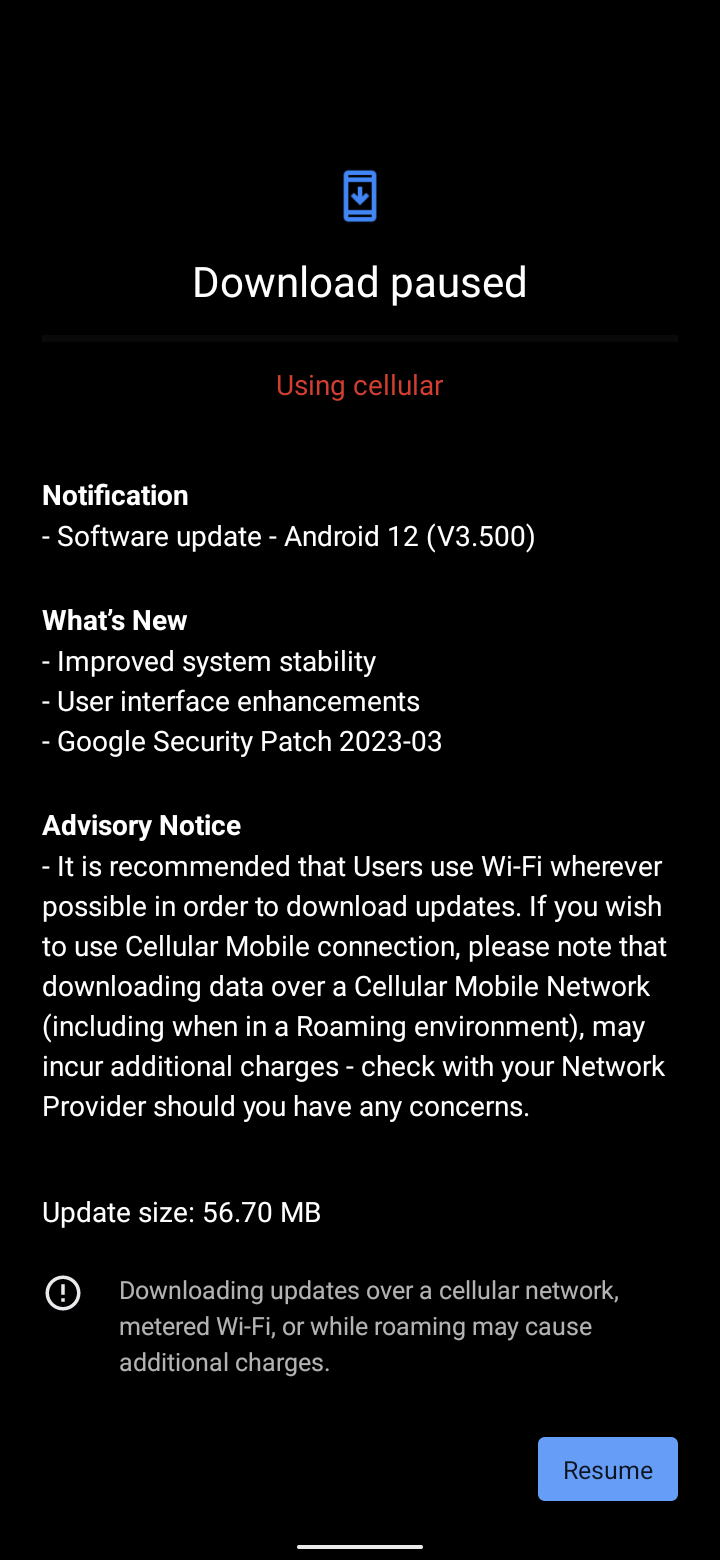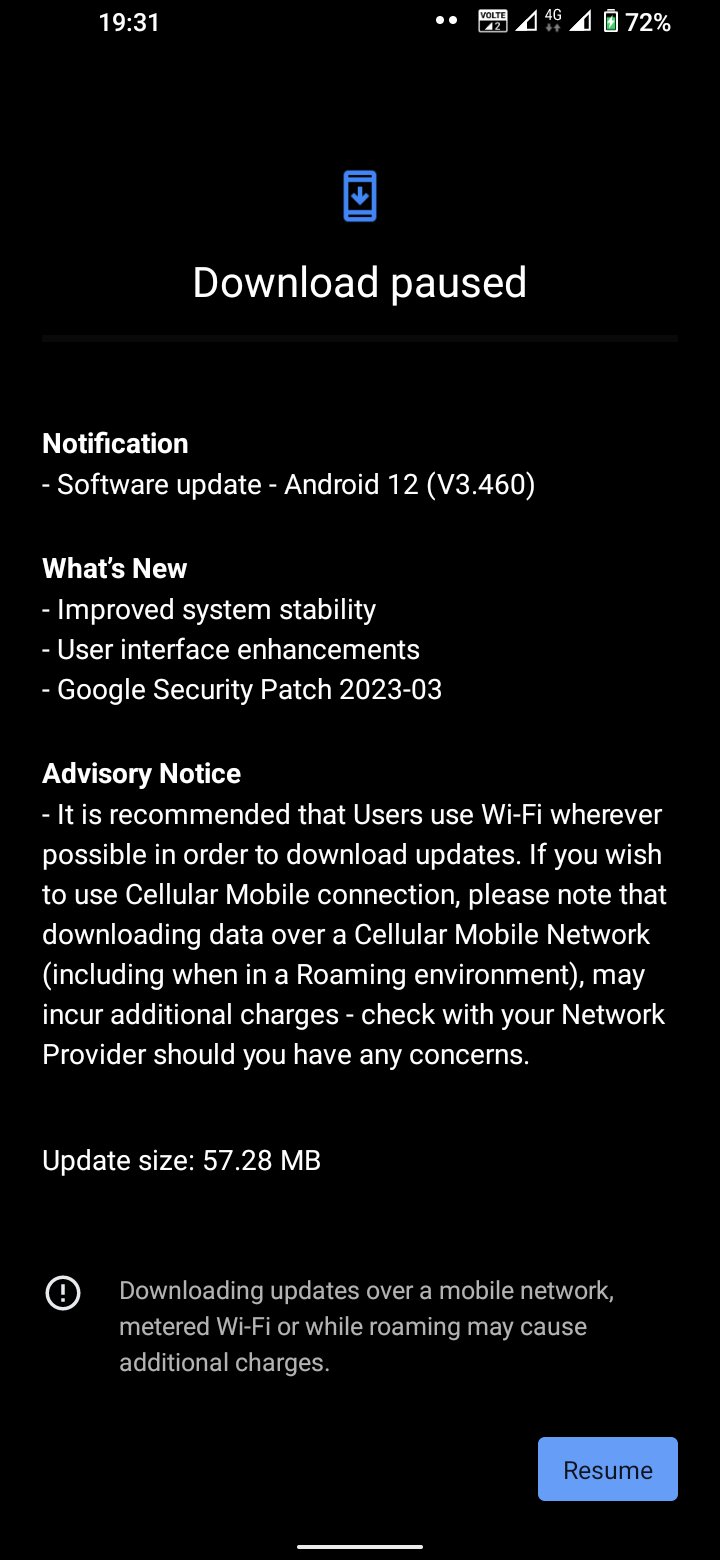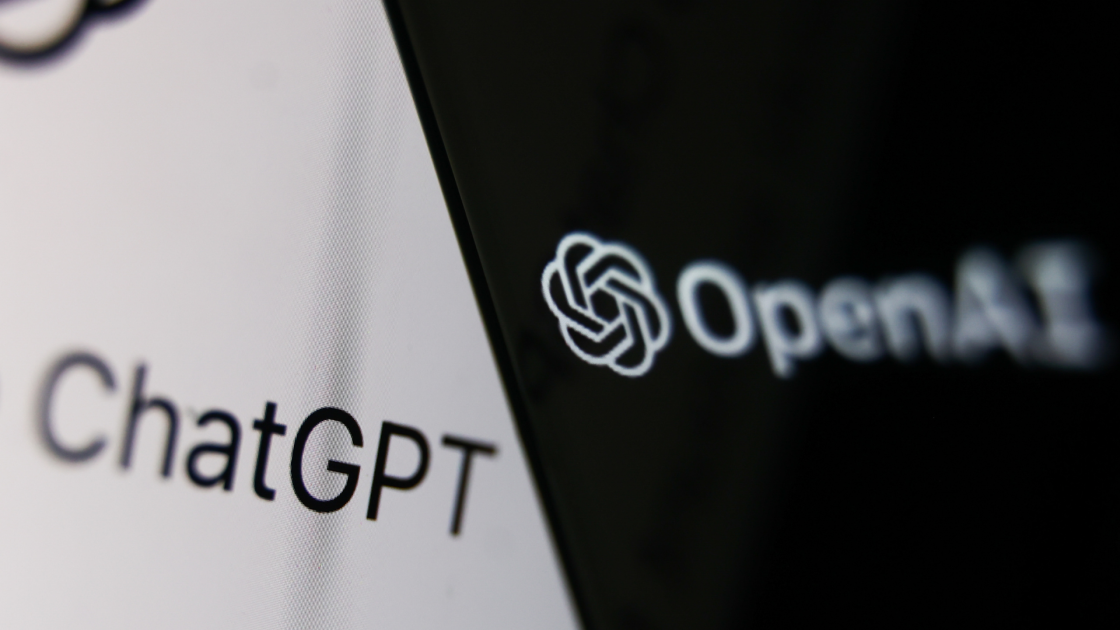Nexusflow raises $10.6 to build a conversational interface for security tools
Nexusflow, a startup using generative AI to help companies make sense of cybersecurity data, today announced that it raised $10.6 million in a seed round led by Point72 Ventures with participation from Fusion Fund and several AI luminaries in Silicon Valley.
The tranche, which values Nexusflow at $53 million post-money, will be put toward hiring, R&D and ongoing product development, founder and CEO Jiantao Jiao said.
“We’re helping customers pioneer the adoption of generative AI,” Jiao said. “Nexusflow delivers substantial benefits to security teams by enhancing their capabilities in various ways.”
Jiao, a computer science professor at UC Berkeley, teamed up with Jian Zhang (formerly director of machine learning software at SambaNova) and Kurt Keutzer (previously CTO at Synopsys) to found Nexusflow after arriving at the realization that generative AI was poised to disrupt cybersecurity.
Evidently, he was onto something — others have come to the same conclusion. This year, both Google and Microsoft have rolled out generative AI enhancements to their security product lines in an effort to make it easier to find information from a massive amount of security data simply by asking questions in plain language.
“In today’s digital era, security professionals grapple with an unending stream of evolving threats,” Jiao told TechCrunch in an email interview. “They wrestle with countless data sources and tools, their work feeling like an eternal grind. Security operations centers perennially operate with too few hands to manage the ever-increasing workload. The intersection of generative AI and cybersecurity is heating up but remains less crowded than fields like sales or legal.”
Nexusflow, in Jiao’s words, attempts to synthesize data from various security knowledge sources and tap into existing security tools via their APIs. Leveraging open source large language models that operate behind a customer’s firewall or in the cloud, Nexusflow lets users control security software and get metrics and insights using natural language commands.
“The security team can instruct Nexusflow in plain English to seamlessly operate evolving security tools, avoiding steep learning curves and misconfigurations,” Jiao…







